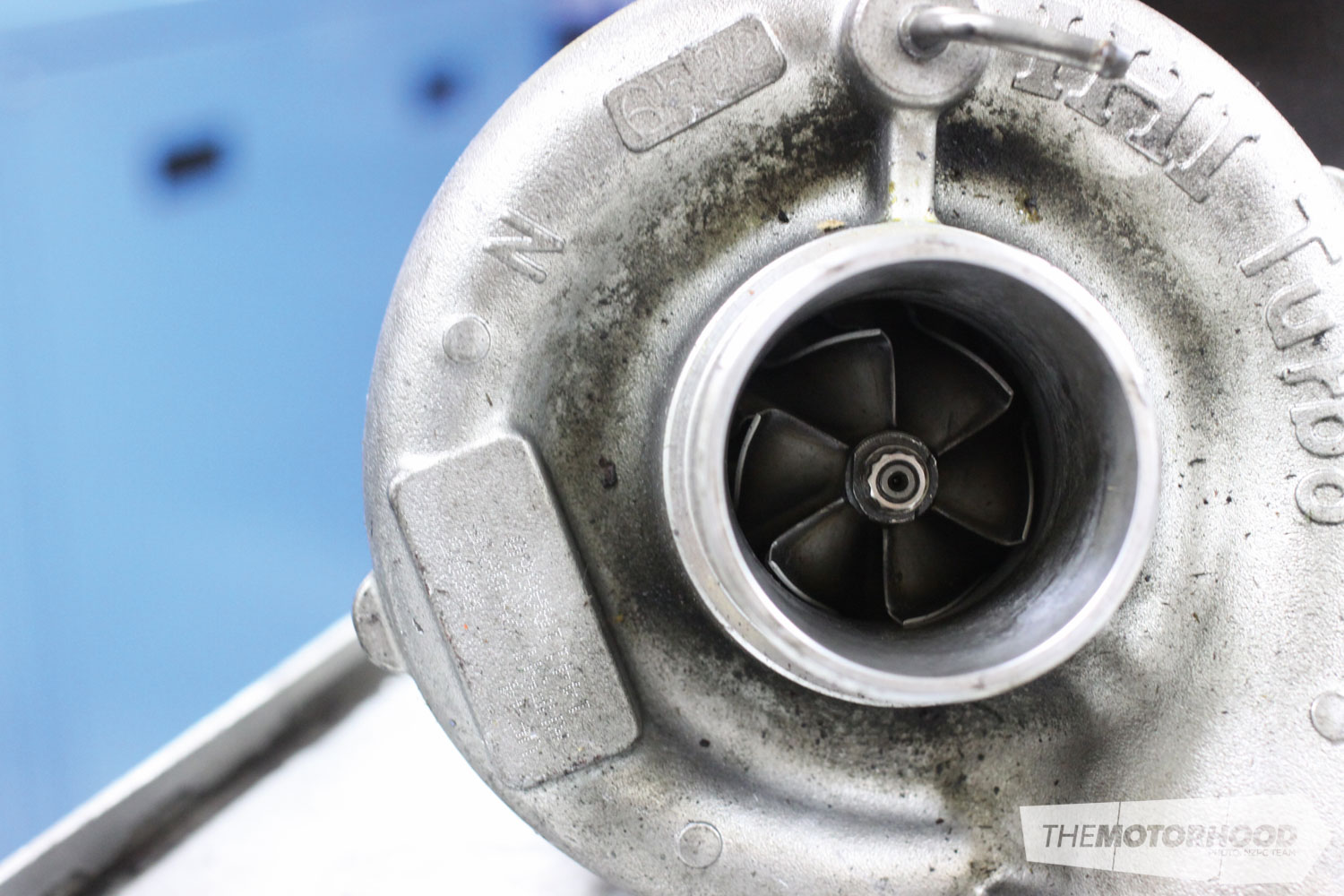With so many aftermarket turbos available at the moment, many are buying up large, and forgetting that Japanese car manufacturers actually released some very aggressive turbos on their vehicles from the factory.
We had a chat with the experts at Alltech Diesel and Turbocharger Ltd to find out the real potential of OEM turbochargers. Not only are they readily available, they are usually a lot cheaper and better suited to the power levels and boost response people are aiming for.
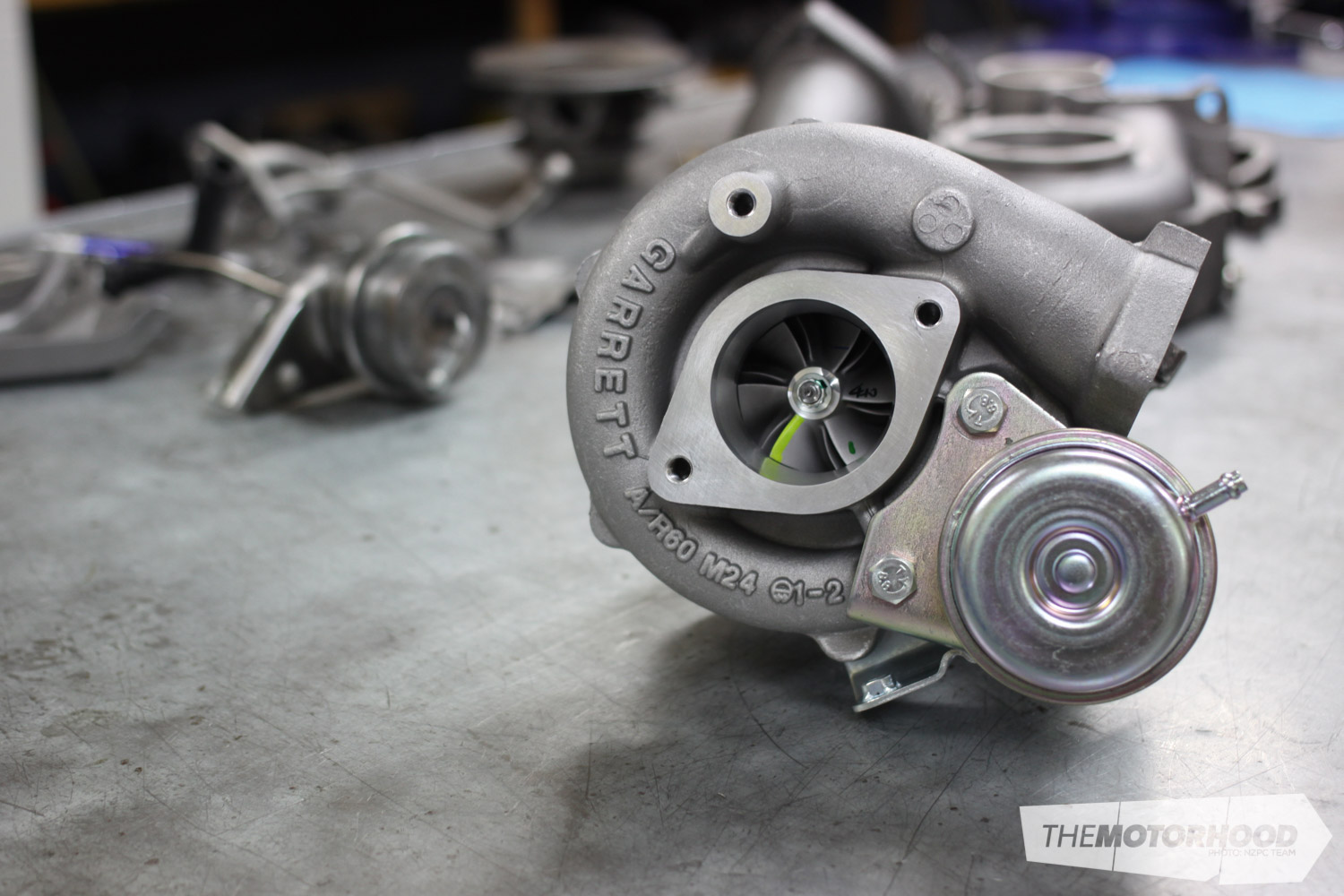
The amount of research and development that went into these turbos to make them perform as well as they do, for as long as they do, is astonishing. You are getting OEM reliability, super-quick boost response and very good power gains with these turbos. Why buy a low-quality replica turbo which won’t perform as well, will fail sooner, and requires a heap more custom fabrication?
We decided to take you through our pick of the top OEM turbochargers, the maximum power they’re capable of, and which cars they’re best suited for.
1. Nissan Garrett T28 and GT25 series
Throughout the ’90s Nissan released several powerhouses that shook the automotive tree, and caused many upsets thanks to turbocharged technology that remains very impressive to this day.
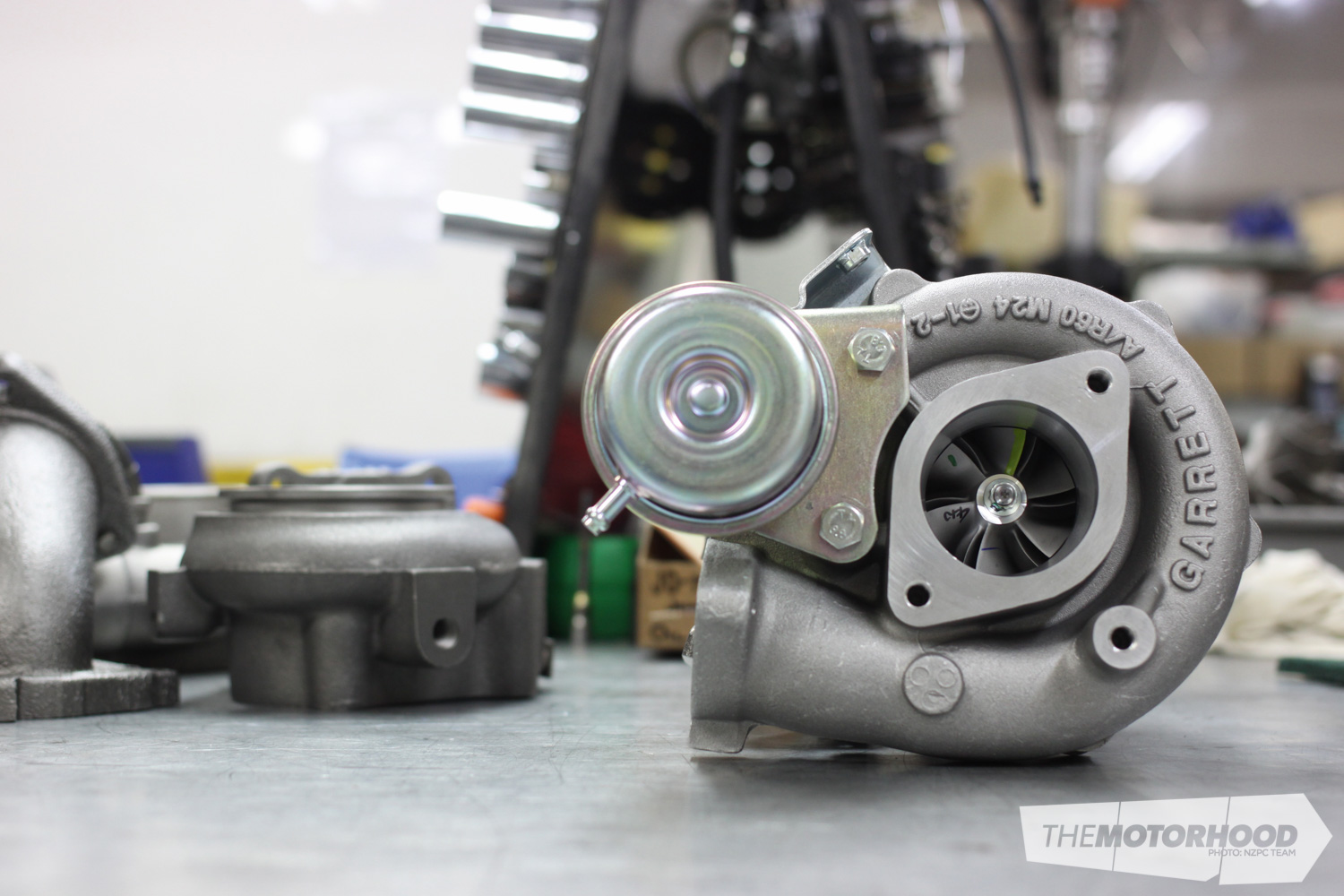
There are three different types you should keep an eye on. The Garrett T28 ‘frame size’ turbo was one of the largest to come from Nissan. The Garrett TB2804 turbo as fitted to the Pulsar GTI-R was released with the largest exhaust housing of them all.
We have seen plenty of applications for this unit with boost as high as 18–20psi. It’s a fantastic upgrade for east-west–configured engines such as the Avenir GT4-Z or U13 Bluebird, or as a bolt-on plus-T option for SR20DE/VE Primeras and the like. Expect to see 200–220kW out of this turbo, depending on your tune and supporting modifications.
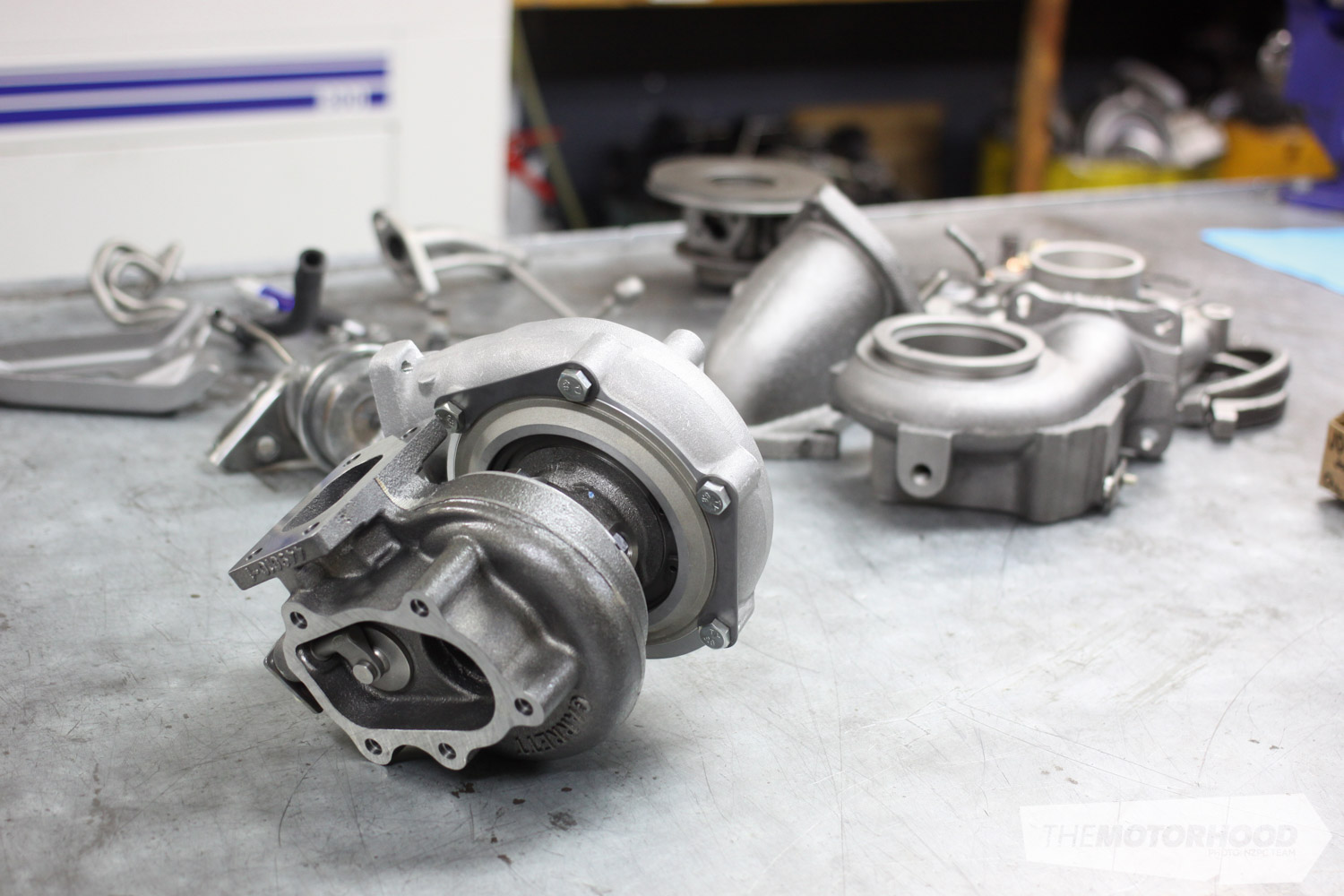
The Nissan Silvia S15 Spec R was released with the best OEM turbo available — the GT2560R. It features ball bearings and a large turbine wheel and compressor wheel, similar to that of the GTI-R turbo. This is a fantastic bolt-on upgrade for your CA18DET or SR20DET Silvia, and will punch out a very responsive 220kW with an upgraded exhaust system, intake, intercooler, fuel pump and Z32 AFM. This turbo is a great upgrade for many applications, though if you wish to retrofit it to another engine, a four-bolt T2 flange is needed, along with a five-bolt flange to marry it up to your new downpipe. Both of these turbos are water and oil cooled.
2. Subaru IHI VF series
IHI is known for producing high-quality turbochargers for both automotive and commercial applications. Subaru released its world-beating WRX STI with IHI turbos, and to this day they are still in high demand.
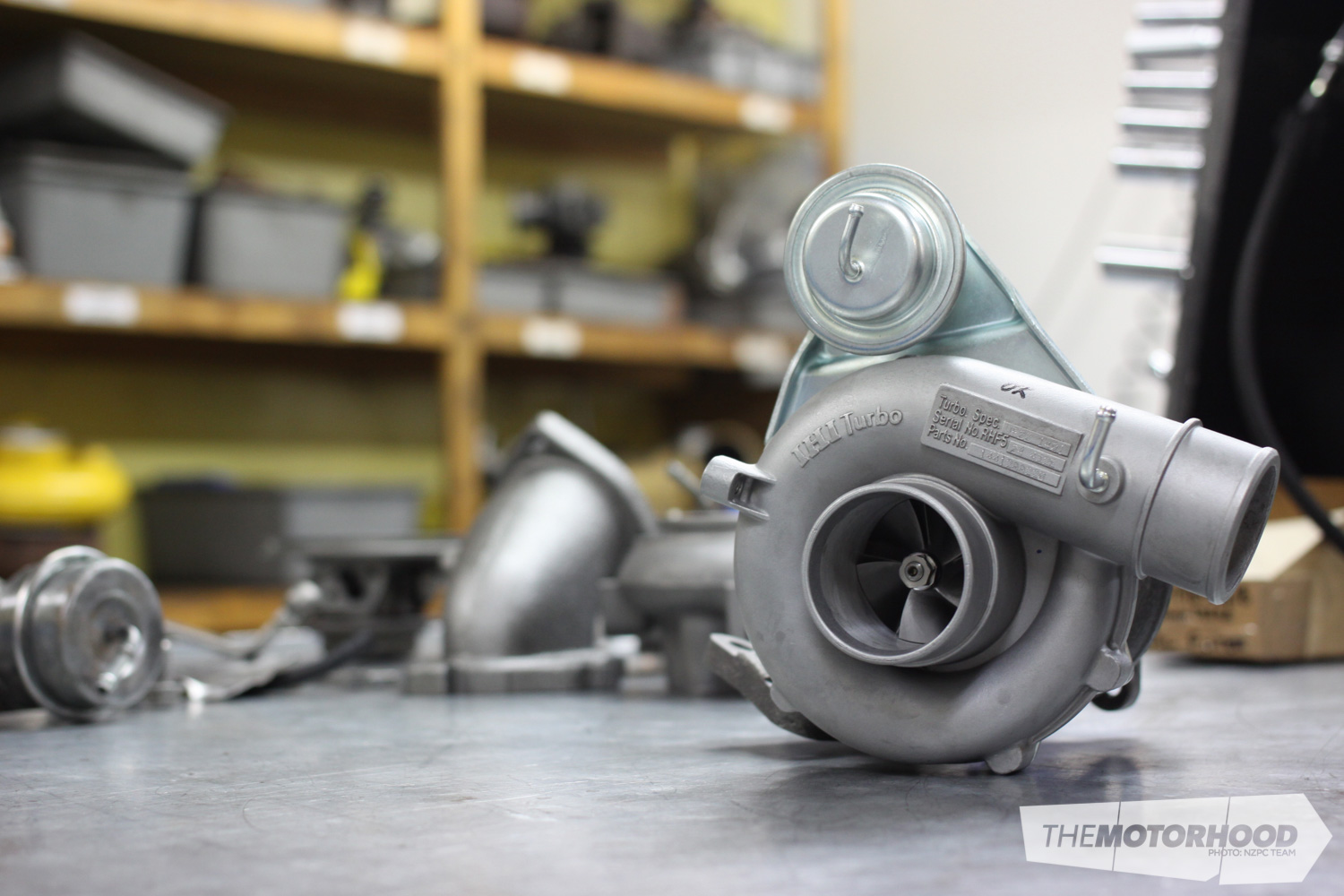
Several different VF-series turbos have been released throughout the years, but some are more potent than others. The early-shape Version 3 STI was released with the VF22 turbo, which has the largest potential for peak power of any VF turbo. The VF22 has a very large (for an OEM turbo) P20 exhaust housing, and it’s also ball bearing, which allows this compact unit to flow upwards of 20–24psi depending on the application. A few Subaru tuners have seen as much as 298kW at the flywheel on these turbos. If you’re after something a bit more modern, the VF36 turbo released on the JDM STI Spec C from 2003 onwards is the best option, it features a twin-scroll exhaust housing, ball bearings and a titanium turbine wheel and shaft. This will flow around 298kW at the flywheel, and be a lot more responsive compared with the older VF22. These turbos have different turbo flanges, so make sure to check when retrofitting one to your vehicle. The VF36 features a four-bolt twin-scroll flange, whereas the VF22 has a three-bolt single-port flange.
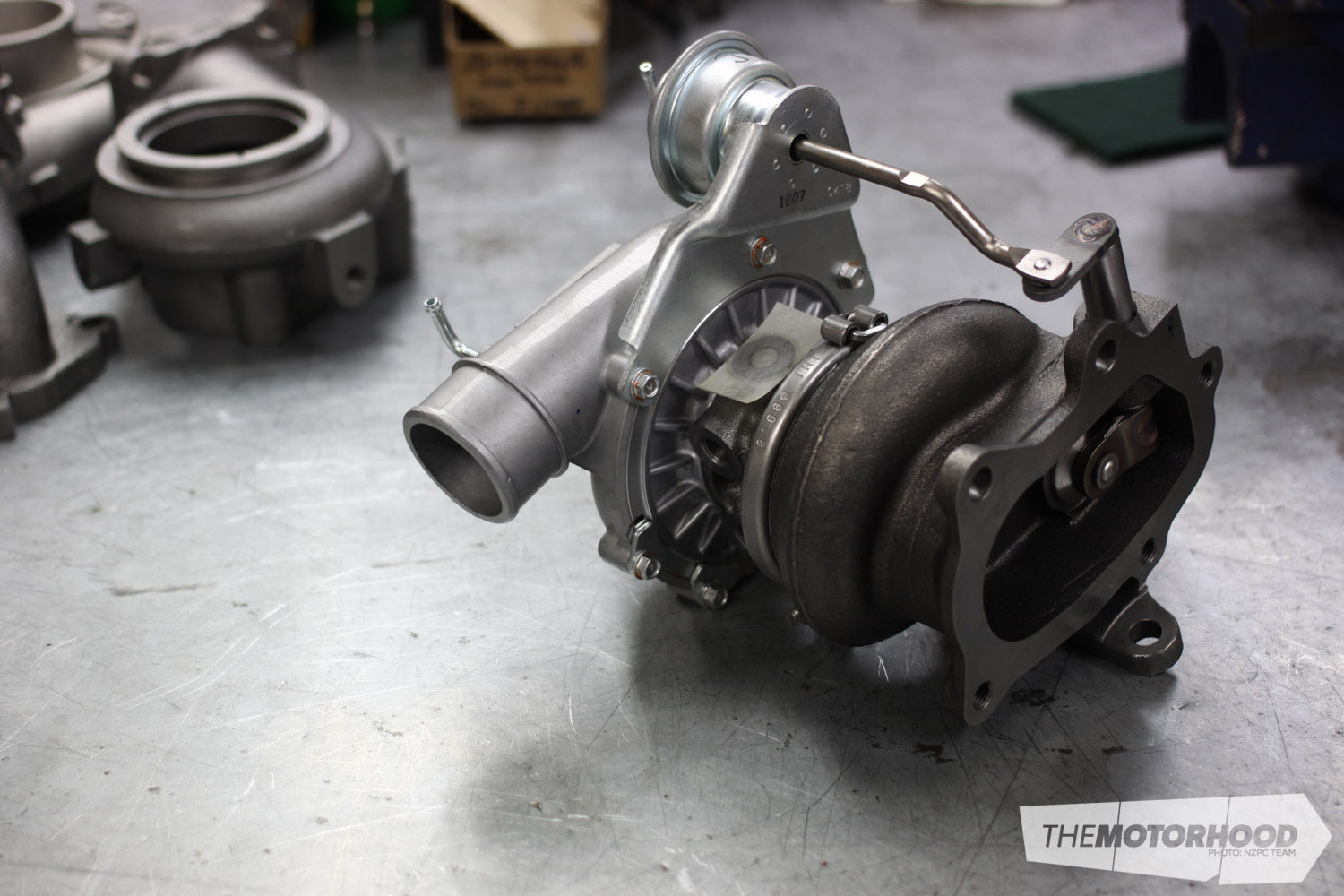
3. Mitsubishi TD05 Series
We are all familiar with Mitsubishi’s Evolution line-up with its decent factory power output and lightning-fast acceleration. Respectable power levels have been seen from 4G63-powered Evo IV to IX on factory turbos, but which one is the best of them all? The turbos have improved with each model, making the TD05HR-16G6C-10.5T from the Evo IX the best option in terms of overall power and response. All Mitsubishi turbos from IV to IX are a twin-scroll design, to assist the fast response. The turbine wheel is made from a steel alloy called Inconel, and the compressor wheel is made from aluminium, which aids boost response due to its lightweight construction.
The inclusion of the letter ‘R’ in the TD05HR-16G6C-10.5T means the turbo spins in an anti-clockwise direction, hence the need to include it in the part number. The big brother to the TD05HR is the TD05HRA, which features a titanium aluminide alloy turbine wheel. These can be found in the Evo IX RS, and from factory they come on boost around 500rpm earlier because of the lower inertia. With the use of E85, these factory turbos have been seen to support over 300kW at the wheels on 25psi of boost.
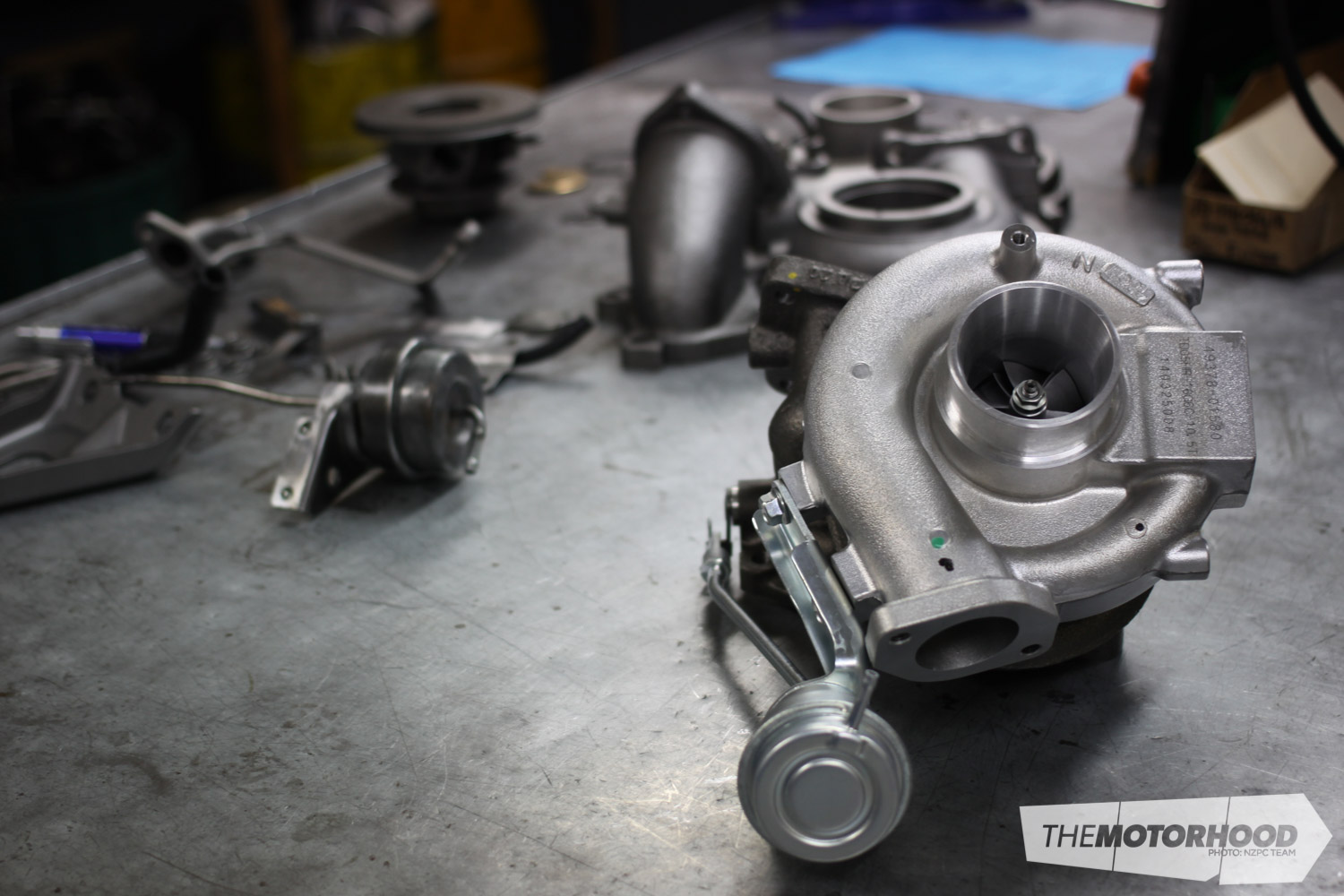
This is a very common upgrade on Evo IV–VIII models, and providing you have a tunable ECU, you’re set for serious mid-range and top-end gains. If you own an Evo IV, you will need to purchase an Evo V ECU if you want to take it in for a re-flash. You will need a flange specific to this turbo if you decide to install it onto something else. The flange of the EJ20T-series TD05 turbo is different, so sorry, this won’t bolt up to your WRX.
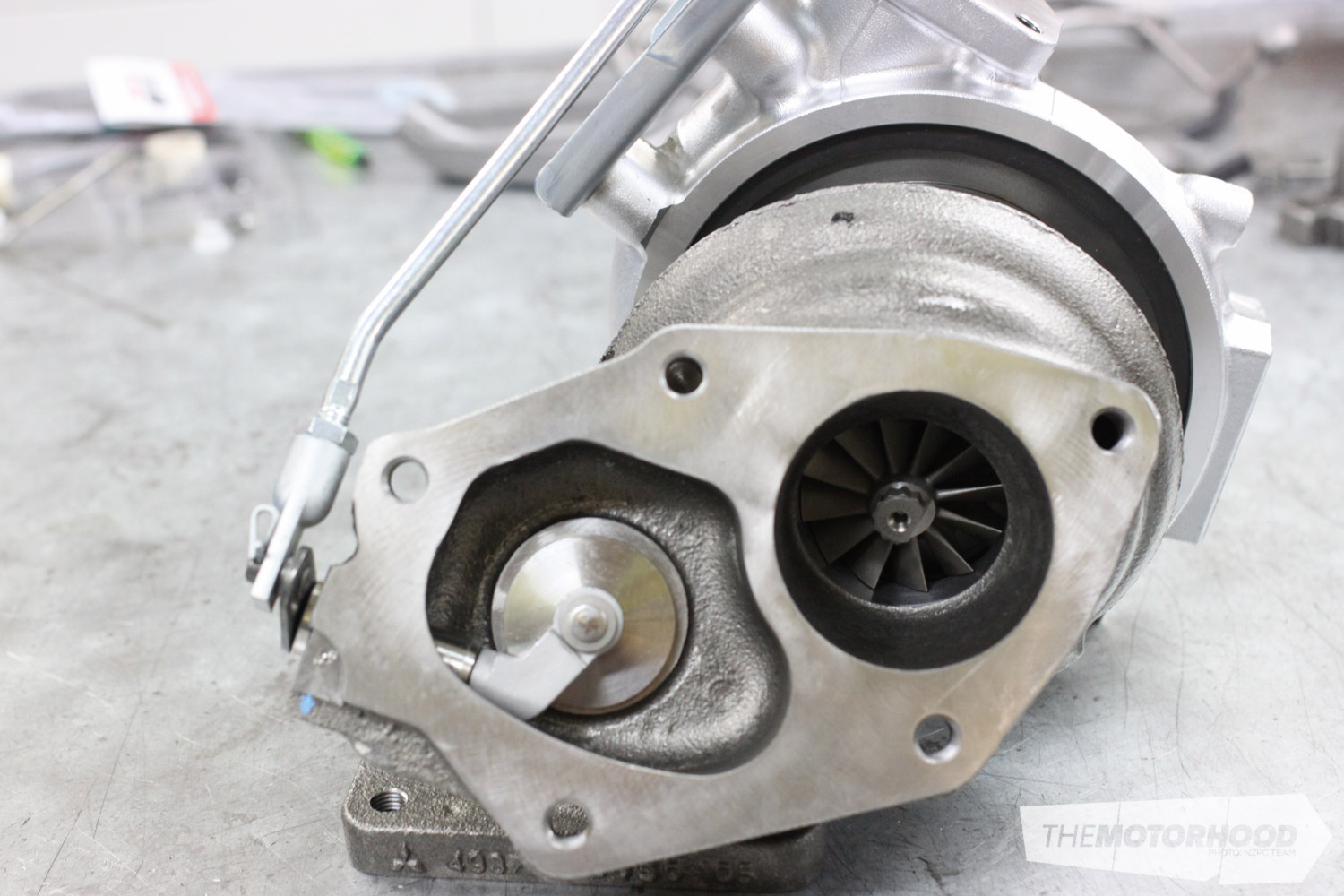
Choose wisely — choosing the right turbo
With OEM turbochargers dropping dramatically in price lately, it sometime isn’t worth buying a secondhand unit. Suppliers like Alltech have nearly 3000 turbos in stock, so they are bound to have what you’re after. The GT2560R pictured goes for just over $1100, that’s not much more than you’d spend fabricating everything up for that low-quality replica turbo we mentioned at the beginning.
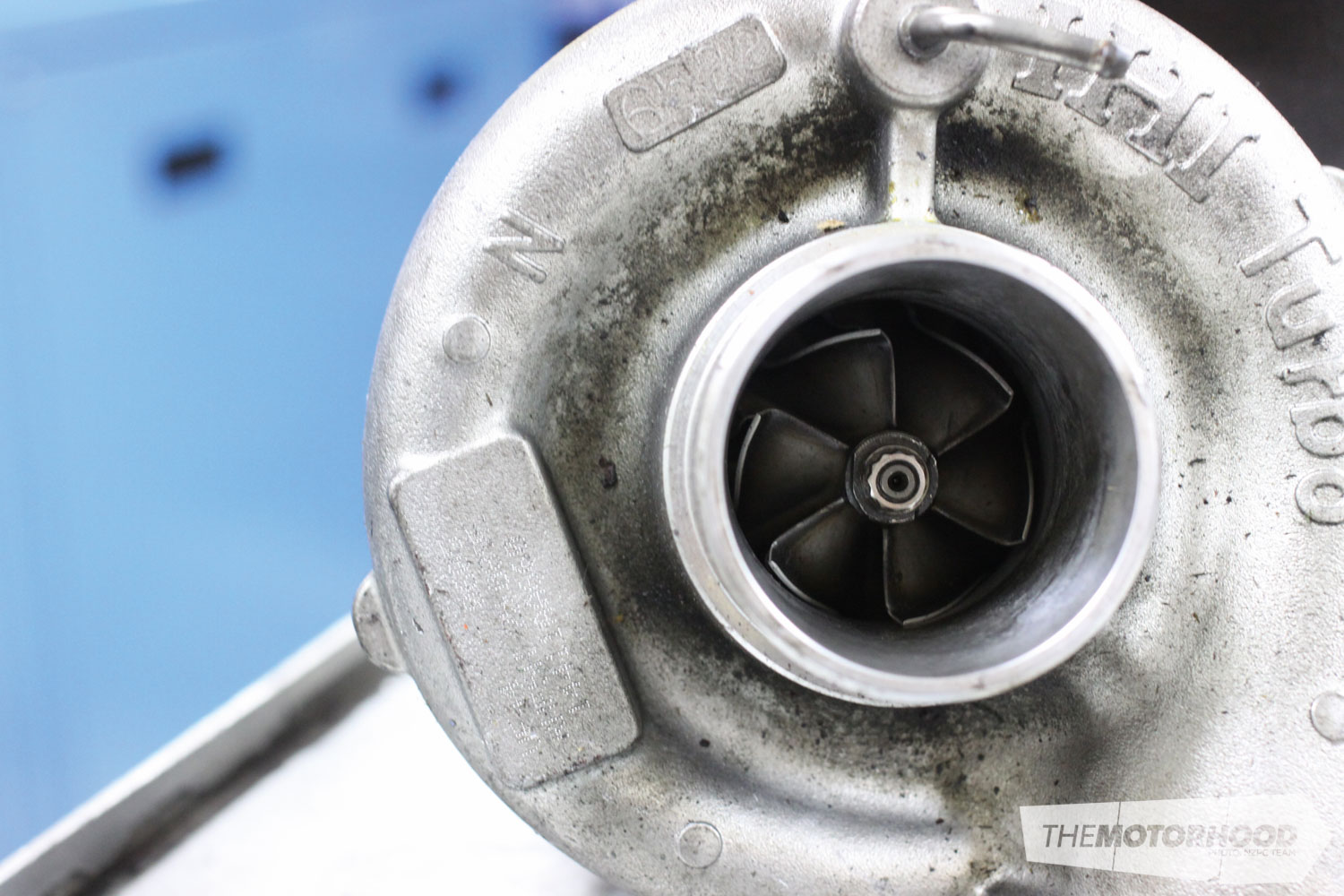
Sometimes it works out that you have the opportunity to purchase a secondhand unit for a steal, so we asked Alltech what it recommends you check to ensure you don’t get a dud.
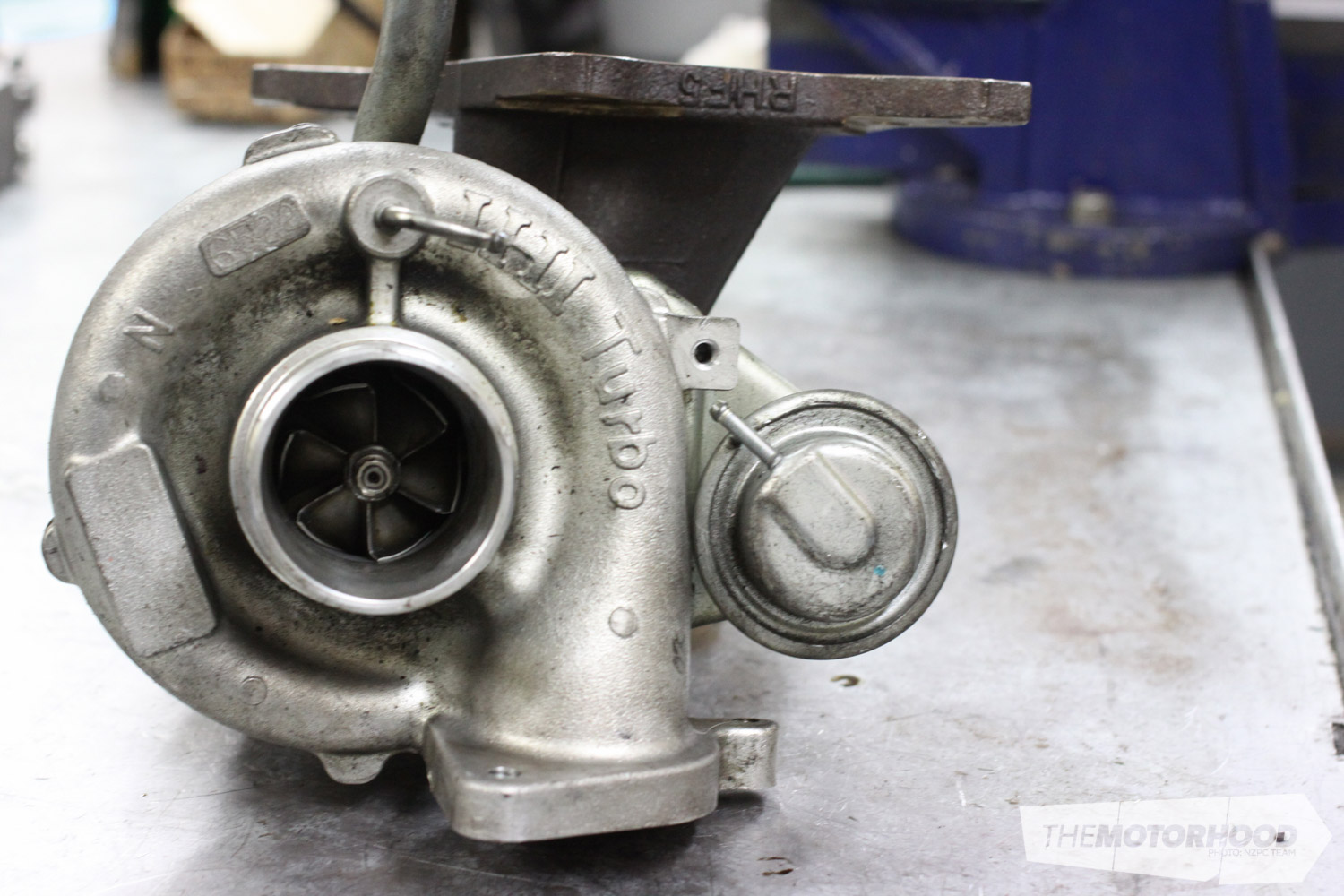
There are two main things to look at — the axial play (front to back, or in and out) and radial play (side to side). Some play is okay, but when the compressor wheel is touching the compressor housing, walk away. Alltech also recommends just having a good look over the turbo. Sometimes turbochargers suffer damage due to excessive heat, and the turbine housing can show signs of cracking, which is no good.















